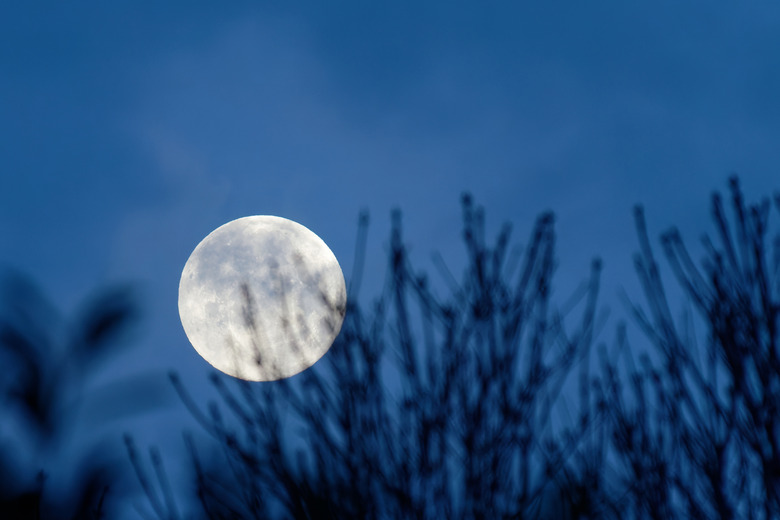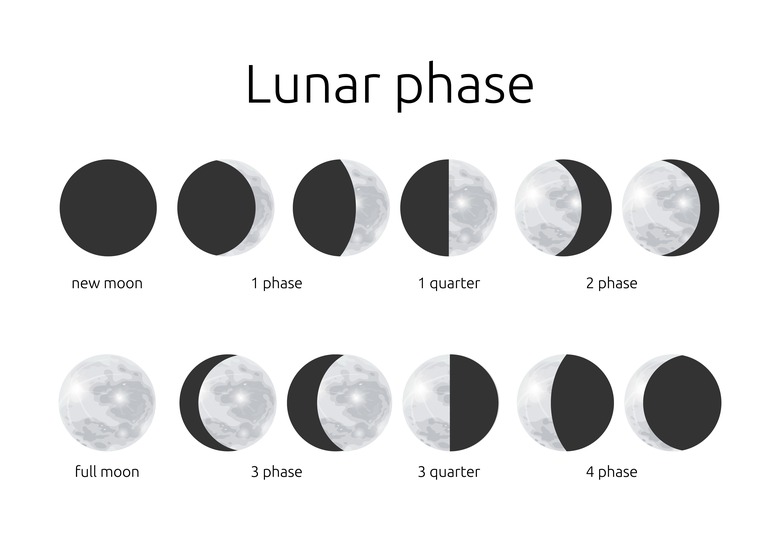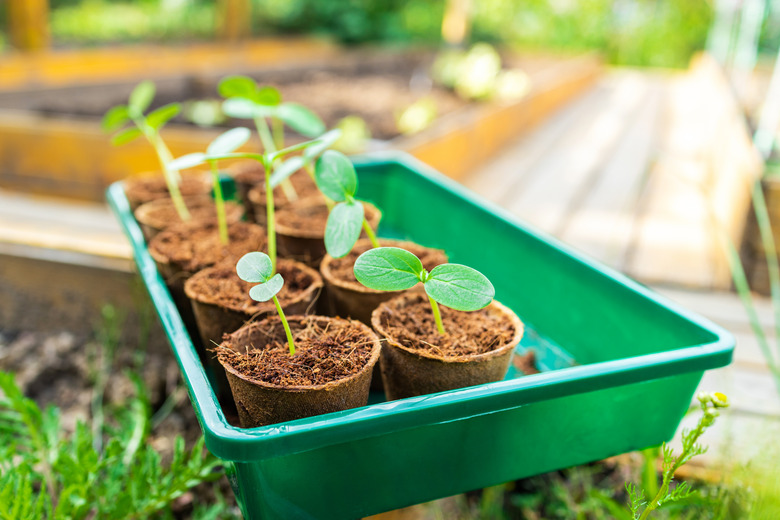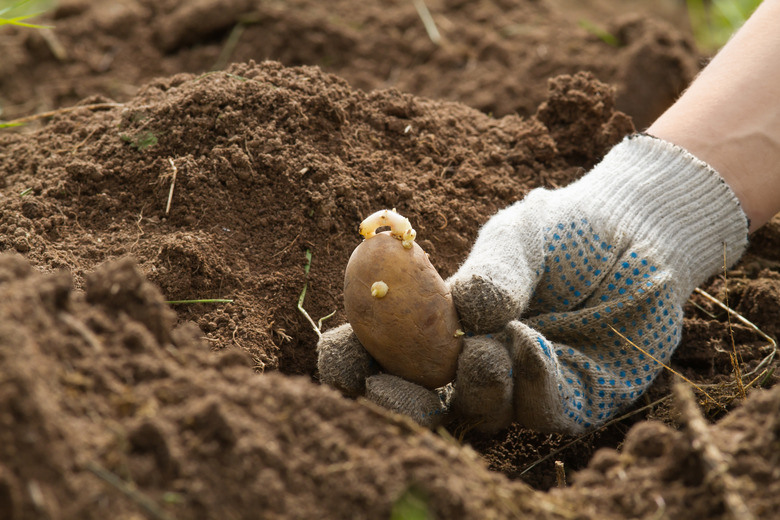How To Do Full-Moon Planting
Planting With the Phases of the Moon
Planting by the phases of the moon is more of an art than a science. Theories abound about how and why moon gardening works, but there is no consensus among those who study the practice, and scientific researchers have uncovered little evidence that it has an effect at all.
However, despite a lack of scientific evidence, generations of gardeners and farmers swear by observing the moon cycle during the growing season to determine the best days to plant seeds, plant root crops and perform many other aspects of nurturing a garden.
Understanding Moon Phases
Humankind has created a complex system of when to plant, prune and harvest crops around the moon or lunar phases. Believers in lunar gardening credit the practice to the impact the moon has on the planet. The most obvious example of lunar influence on Earth is the moon's gravitational pull that helps create the ocean tide, but the lunar cycle is also believed by many people to impact the way plants grow.
Planting with the moon can be divided into two main categories: planting during the waxing moon and planting during the waning moon. "Waxing" is when the moon appears to be growing in size, while "waning" is when the moon is decreasing in size. The waxing and waning moons are further divided into four quarters, each of which lasts for seven days.
Planting During a Waxing Moon
The waxing moon period lasts for roughly 14 days from the new moon to the full moon. The new moon and first quarter period are considered highly fertile, so it is the best time for planting annual plants and flowers, as well as above-ground fruits and vegetables such as tomatoes (Lycopersicon esculentum), watermelons (Citrullus lanatus) and corn (Zea mays).
Other activities to undertake during the "light of the moon" period include grafting trees, laying sod and transplanting—basically, any garden task that results in creating new stem or leaf growth should be done during the waxing moon.
The waxing moon period is divided into the first quarter and the second quarter of the lunar cycle. Each quarter has its own unique benefits and drawbacks for planting and caring for a garden.
First Quarter Moon
The first quarter moon is best for planting crops that produce seeds on the outside of their fruit, according to the University of Georgia Extension. Strawberries (Fragaria × ananassa) and corn are two common examples of crops to plant during the first quarter moon. Flower seeds of all types can also be planted during the first quarter moon.
Second Quarter Moon
The second quarter of the moon is the portion of the waxing phase just before the full moon. It is considered the wettest and most fertile period of the lunar month because the moon pulls moisture to the surface of the soil, just as it pulls the tides.
A higher soil moisture content is believed to cause better germination, so sowing seeds of all types is encouraged as you approach the full moon. In particular, devotees of lunar gardening sow seeds for crops that form their seeds inside the fruit such as tomatoes and pumpkins (Cucurbita maxima).
Planting During a Waning Moon
The waning moon stretches from the full moon to the new moon when the moon is decreasing in size. It is the best time to plant biennials and perennials, flowering bulbs and root crops such as turnips (Brassica rapa subsp. rapa), radishes (Raphanus raphanistrum subsp. sativus) and potatoes (Solanum tuberosum). The waning moon also provides the best transplanting days.
Any garden task with an aim toward producing root growth should be done during the waning moon.
Tip
The waning moon is also the time for thinning seedlings, weeding, pruning and cutting timber.
Third Quarter Moon
The third quarter moon is the best time for planting below-ground crops such as roots and tubers. Moon planting has a strong symbolic element, so planting tubers and other crops that grow in darkness as the moon itself is becoming dark is believed by practitioners of moon gardening to be good and helpful.
Fourth Quarter Moon
The fourth quarter, or last quarter, moon is a time for rest and regeneration. Planting should not be done during the last quarter moon; instead, your focus should be on garden tasks such as weeding. The dark phase of the moon does not promote growth, so weeds will be slower to regrow.



